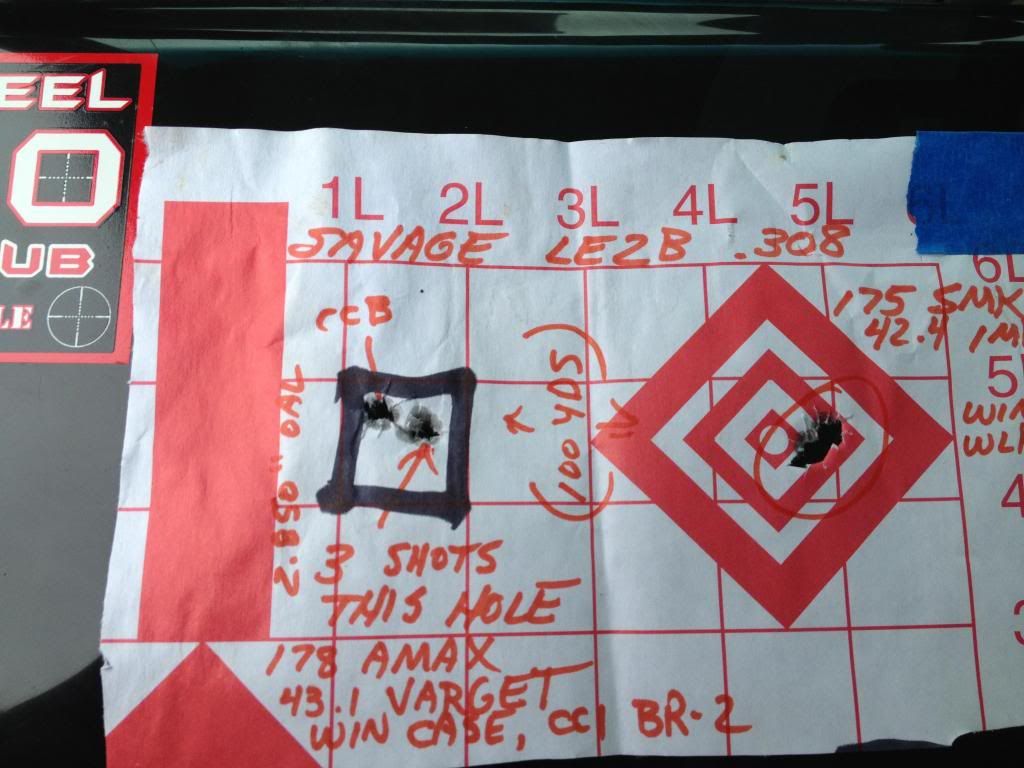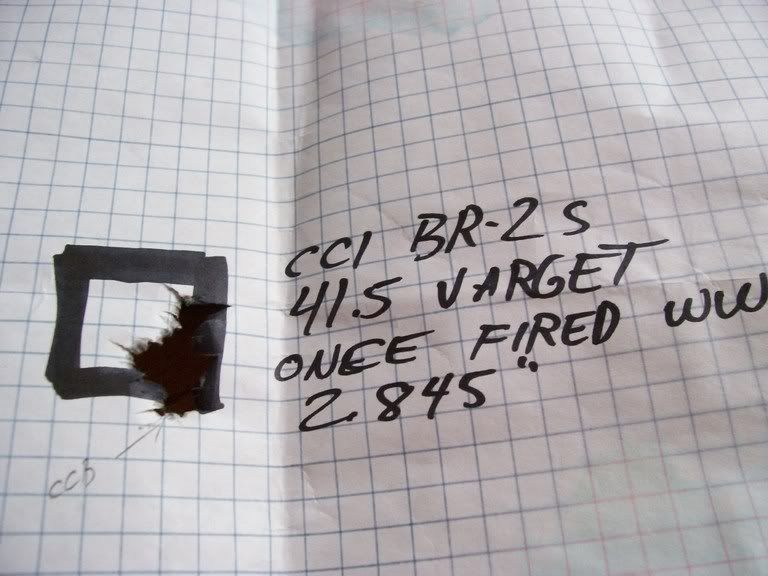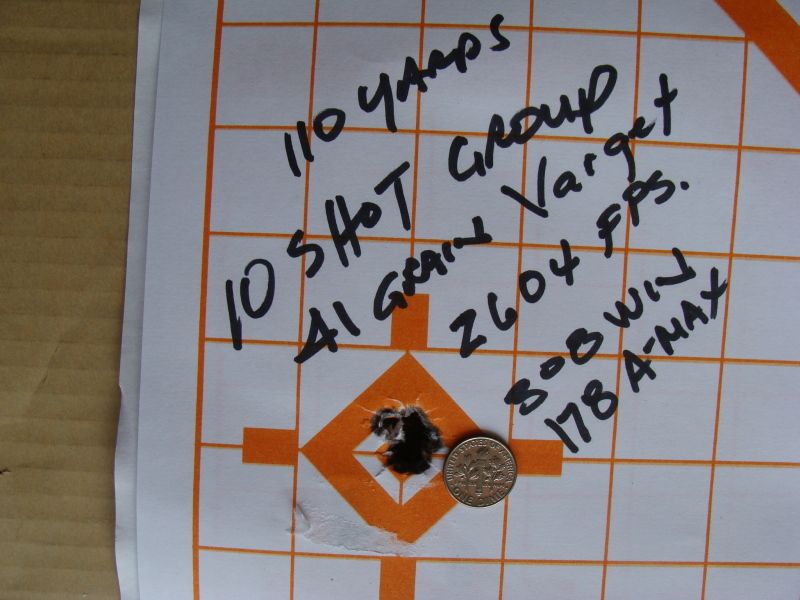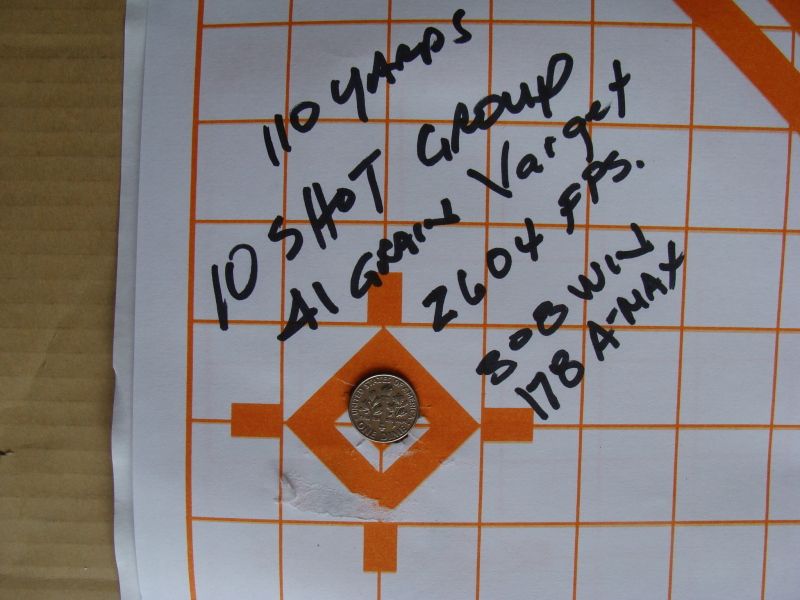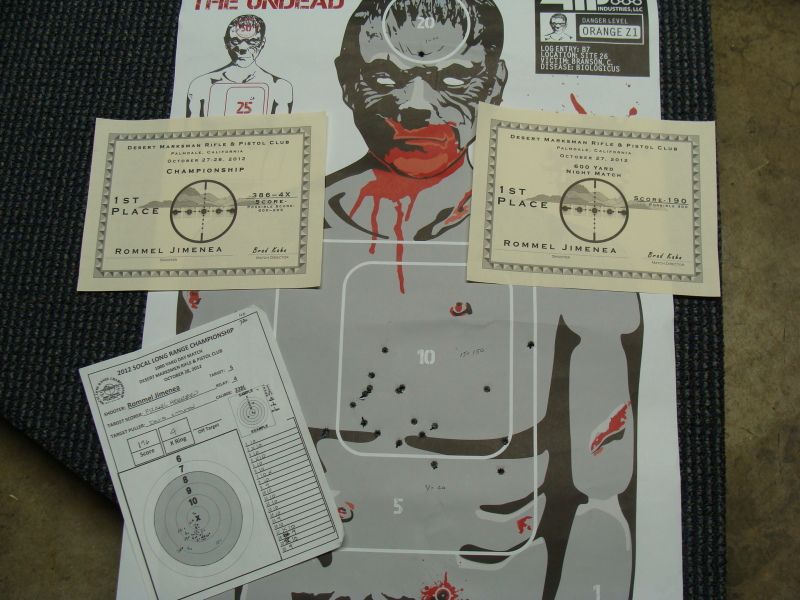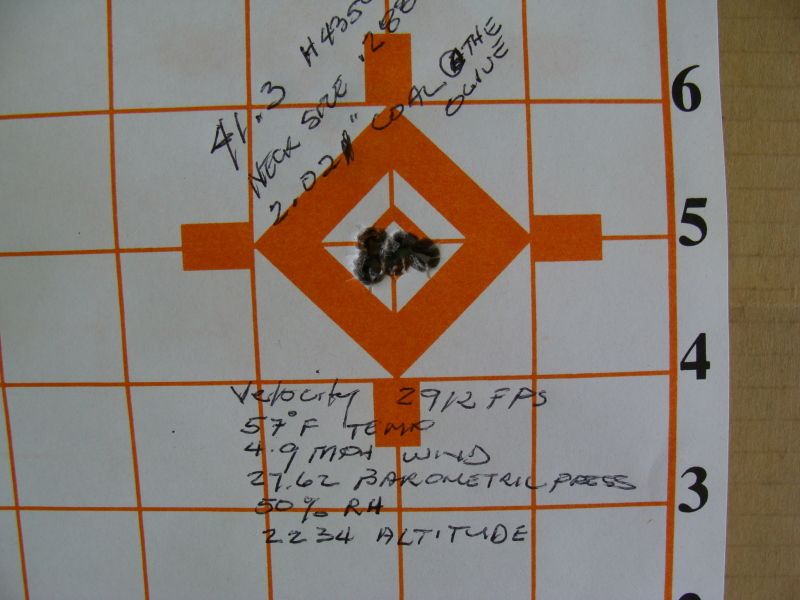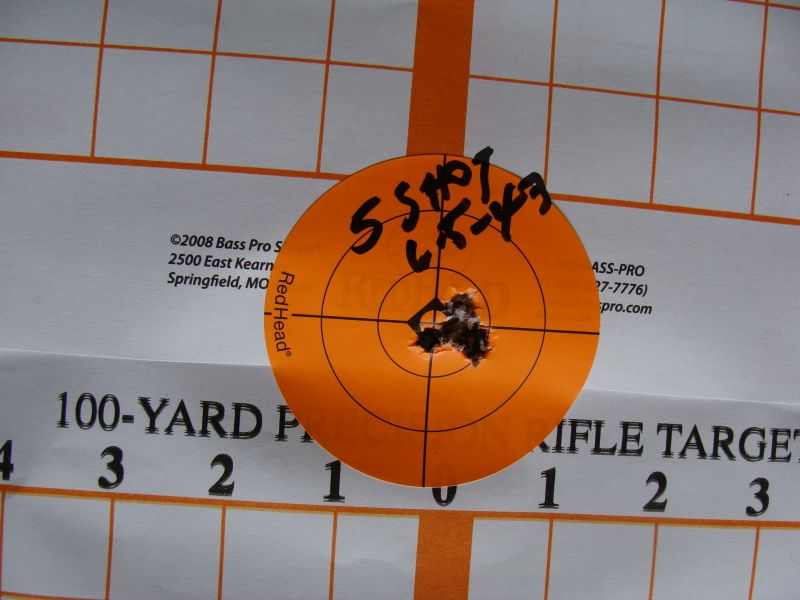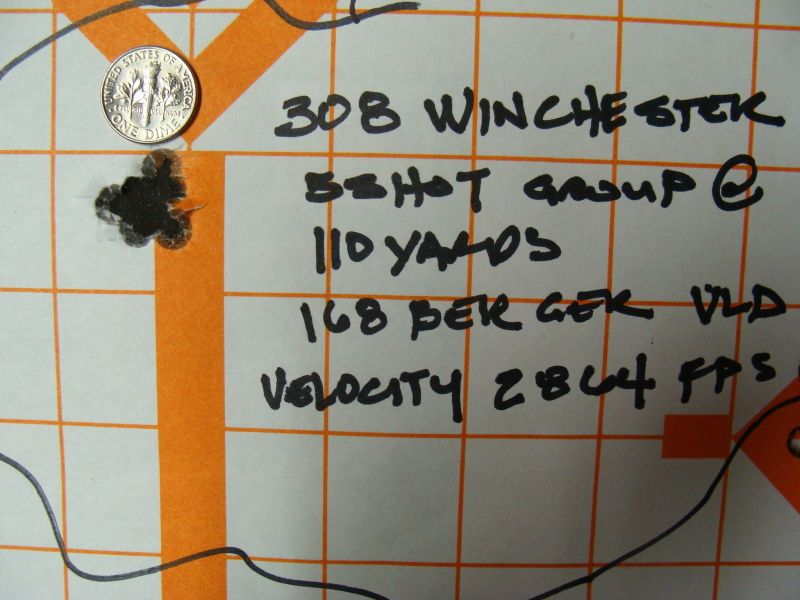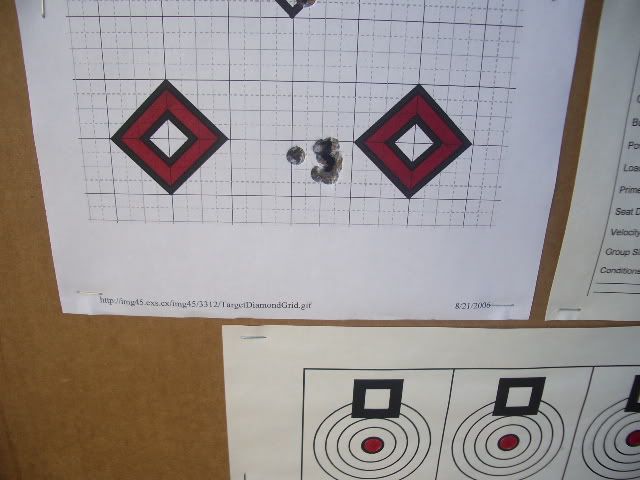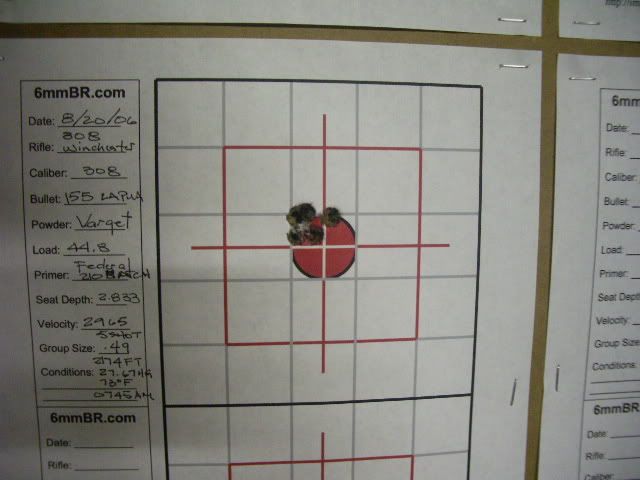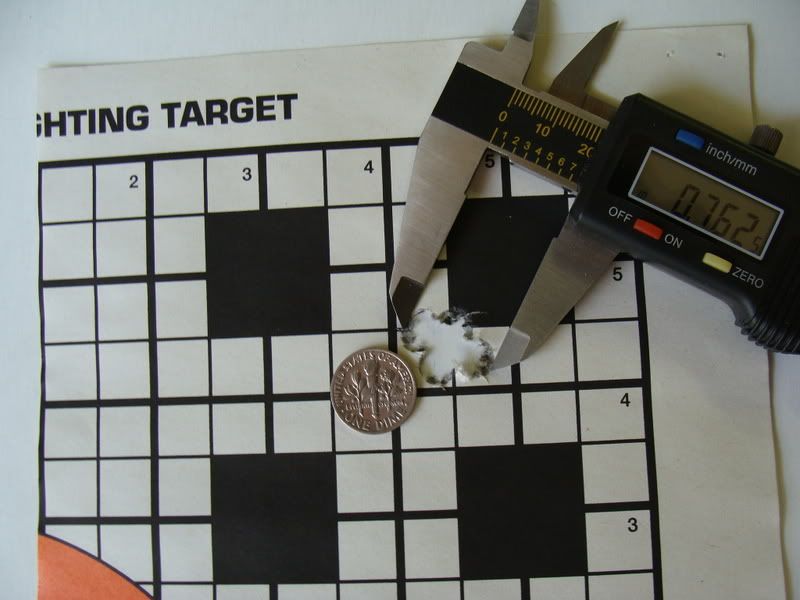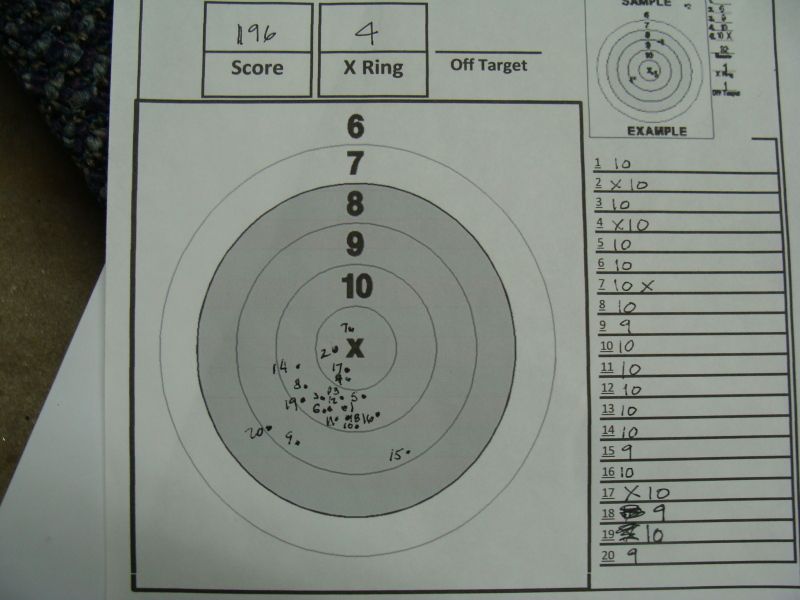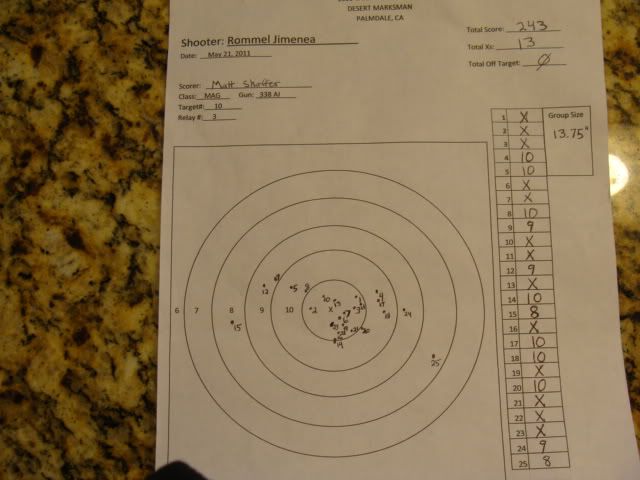I keep hearin all this talk about ocw this and ocw that. all the test targets ive seen haven't really been that definitive at all. to me a ladder test is just so much more clear. move to 400 +/- in early morning or late afternoon calm conditions and it clearly gives you node clusters in 15 rds max,then refine your oal to get tight short. then people say well not all people have access to a 400 yd range to which I ask........ why are you loading for a long range/precision rifle and on tactical/precision rifle forum????
just an observation... I had to throw it out there. to each his or her own I guess
EDIT, post discussion/study
I have finally gotten a chance to really study the OCW method and how to interpret results. Ocw IS a short range ladder test. there is a little mention of windage shifts and a few targets have that but the majority of them are clusters of verticle shift with a lil windage shift and your looking for the gun to get flat as usual.Dan is a real nice guy with a good option for development that should work with careful interpretation. I think the interpertation part is the Achilles heel of the system.I am going to start using the round robin procedure from his method on my 400-600 ladders and fire 2 shots per charge vs. 1 so its a lil more thorough and puts heating into play more or at least see what the effect is this time. I think this prob is the best bet for the guys that don't have access to shoot distance, but again I still stand by my points
the nodes are much easier to clearly see at distance
and its good to see exactly what the bullets ARE going to do at the distance the shooter plans to engage the majority of targets at.
I hate to burn the extra powder/proj but I will try to post pics of both methods when I work the rebarrel up.
just an observation... I had to throw it out there. to each his or her own I guess
EDIT, post discussion/study
I have finally gotten a chance to really study the OCW method and how to interpret results. Ocw IS a short range ladder test. there is a little mention of windage shifts and a few targets have that but the majority of them are clusters of verticle shift with a lil windage shift and your looking for the gun to get flat as usual.Dan is a real nice guy with a good option for development that should work with careful interpretation. I think the interpertation part is the Achilles heel of the system.I am going to start using the round robin procedure from his method on my 400-600 ladders and fire 2 shots per charge vs. 1 so its a lil more thorough and puts heating into play more or at least see what the effect is this time. I think this prob is the best bet for the guys that don't have access to shoot distance, but again I still stand by my points
the nodes are much easier to clearly see at distance
and its good to see exactly what the bullets ARE going to do at the distance the shooter plans to engage the majority of targets at.
I hate to burn the extra powder/proj but I will try to post pics of both methods when I work the rebarrel up.
Last edited:

